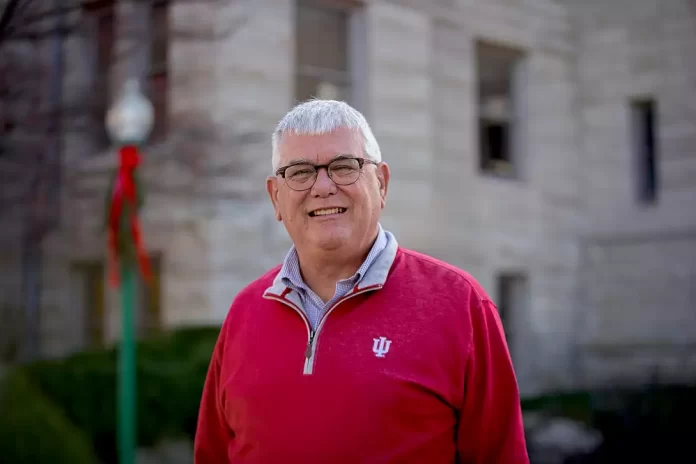Denny Spinner, IU Center for Rural Engagement Executive Director
Both Sen. Mike Braun and Jennifer McCormick put economic growth at the center of their campaigns for governor, with a particular focus on rural economic development. As they should; Indiana’s economy barely grew in Q1 of 2024 (the latest period for which data was available), lagging well behind the growth rates of neighboring Michigan and Kentucky and behind the U.S. as a whole.
Even that is only part of the story. From 2011-2021, the 49 Indiana counties the U.S. Census classifies as “rural” affirmatively shrunk by population, according to Indiana University’s Kelley School of Business.
Despite those tough facts, as the former mayor of a rural Indiana community, I’m optimistic. But rural leaders need a coherent and consistent strategy. We should focus on three pillars: building more housing, retaining more college graduates, and improving rural quality of place.
This is all achievable. With enough political will, our next governor should be able to see the results of their work by the end of their first term.
The first issue is tricky to solve but could also be a game-changer. Rural Indiana has too few houses, and the houses it does have are often too outdated to attract new residents or keep younger residents in town. The state has a role to play in fixing this problem, and, while state programs like READI, OCRA and IHCDA are important, the Indiana state government can make a big impact without writing big new checks.
It can convene all of the interested parties that will have a hand in building new housing stock – from local government leaders and employers to lenders and construction companies – to identify appealing projects and set a concrete plan to get them built. The state can also leverage regional partnerships to allow municipalities and counties pool their resources to get more attractive rates and provide know-how to help rural areas seek partnerships with private foundations or local major employers looking to attract employees to the area.
It will also go a long way toward reversing one of the issues that most hampers rural economic growth: brain drain. The next governor must prioritize keeping Hoosier students from Indiana’s excellent higher education system in the state, and, ideally, give them compelling reasons to return to their hometowns or choose new rural communities. These students are a critical resource for Indiana. College graduates are more likely to start companies that hire lots of workers and provide the sorts of services where rural America has the most acute shortages, like healthcare workers, teachers, lawyers and accountants.
To reverse the brain drain it will take more than building houses. Rural Indiana provides recent college graduates leadership opportunities, be it in local government or in local organizations. Opportunities that they would have to wait years or decades for in bigger cities. Given the shortage of professionals in rural America, students returning to their hometowns can quickly rise in their careers and meaningfully contribute to their communities.
Of course, Indiana University has a responsibility to tell students about the rural option, and it will. Through its 2030 Strategic Plan, IU is placing an emphasis on community-engaged learning and service to the state. But the state of Indiana could help tell this story, too. The next governor could advance this effort by considering tax credits or loan forgiveness for students who locate in rural areas of the state after graduation.
Finally, rural Indiana has too many “hidden gems.” They shouldn’t be hidden anymore. My hometown of Huntingburg, for instance, has its Fourth Friday festivals, where the fourth Friday of every month, the whole town comes together for music, bouncy castles, and eating too much. Such events happen across rural Indiana, and they’re more than just fun or even hubs of economic activity. They foster a sense of belonging, which makes it easier for graduates to return home. They also encourage potential new residents to look at communities they would otherwise have never considered. They’re a foot in the door.
The next governor can encourage rural growth simply by highlighting the things that make rural Indiana towns special.
It’s not a surprise that the gubernatorial candidates focused on rural economic development. Rural economies need their attention. Yet as Huntingburg and other thriving rural communities have proven, rural economic growth is within reach. The next governor just needs to give it a little boost.
About the IU CRE
The IU Center for Rural Engagement improves the lives of Hoosiers through collaborative initiatives that discover and deploy scalable and flexible solutions to common challenges facing rural communities. Working in full-spectrum community innovation through research, community-engaged teaching and student service, the center builds vision, harnesses assets and cultivates sustainable leadership structures within the communities with which it engages to ensure long-term success.



